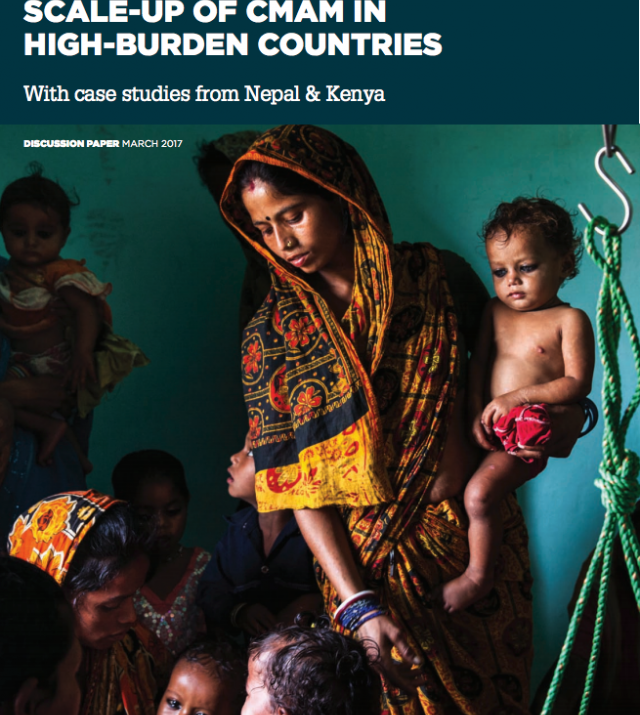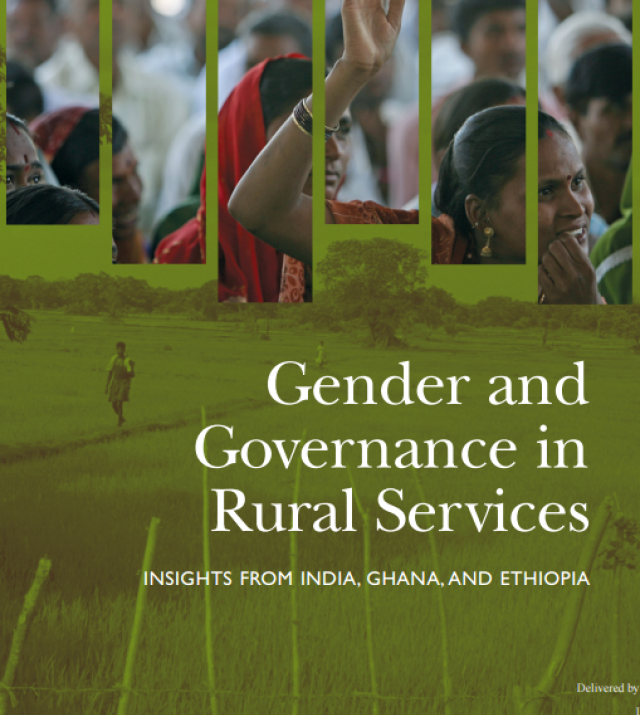
Harnessing the Development Potential of Labor Migration

It is increasingly clear that climate change is contributing to the devastation of traditional livelihoods. Sometimes, migration is inevitable, and in many cases, it is the best option to improve the economic outlook for communities. The majority of economic or labor migration occurs within countries, from farms to cities for example, or within regions where it is legally acceptable to cross borders in search of new economic opportunities. In some cases, communities adopt seasonal cycles of migration, where laborers move to cities for part of the year and return to arable farmlands for another.
Traditional development models must take into account communities' long-standing patterns of mobility, and indeed productive elements of migration, especially as climate change, rapid population growth, and development trajectories of low to middle-income countries will drive more people to leave rural areas and seek jobs, education and other opportunities outside of their communities.
This Mercy Corps study begins to contribute to a new approach by drawing on programs and country strategies of USAID and the European Commission in two key migrant-sending countries (Niger and Nepal). The study urges donors not to solely see migration from low-income countries as a failure of development but rather as an opportunity that bears both risks and rewards.

